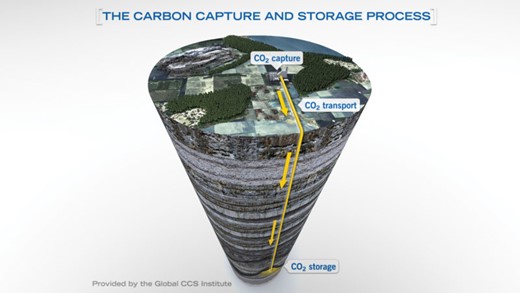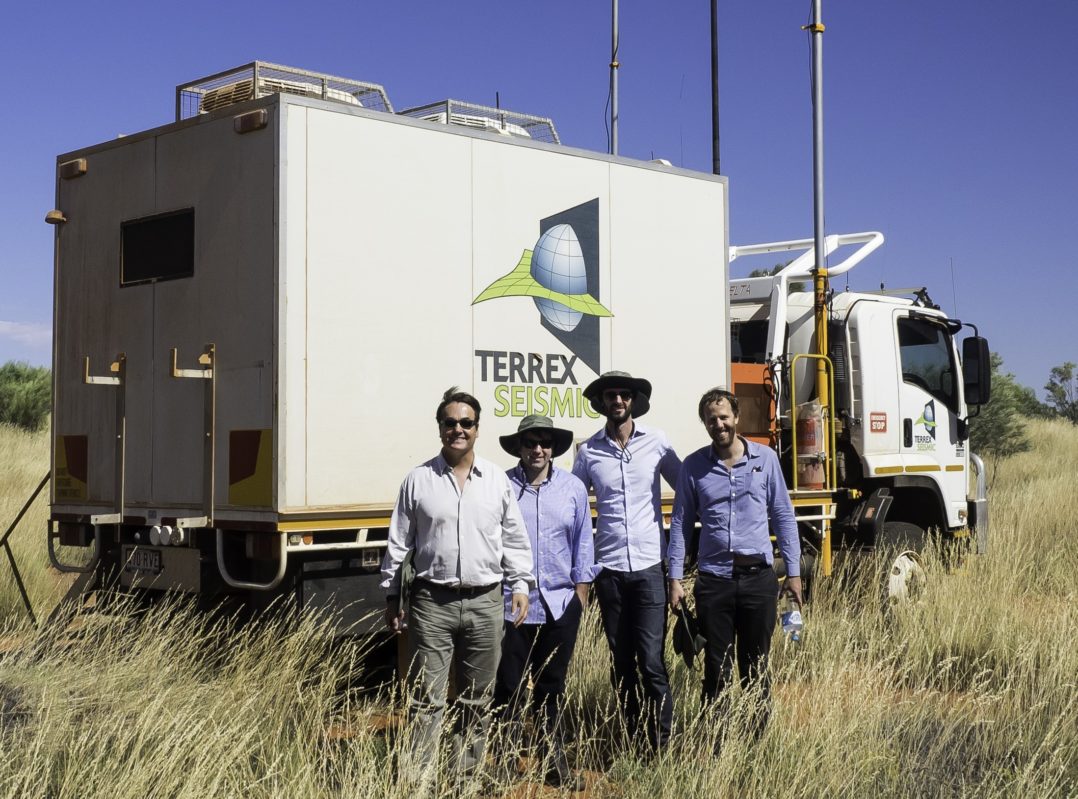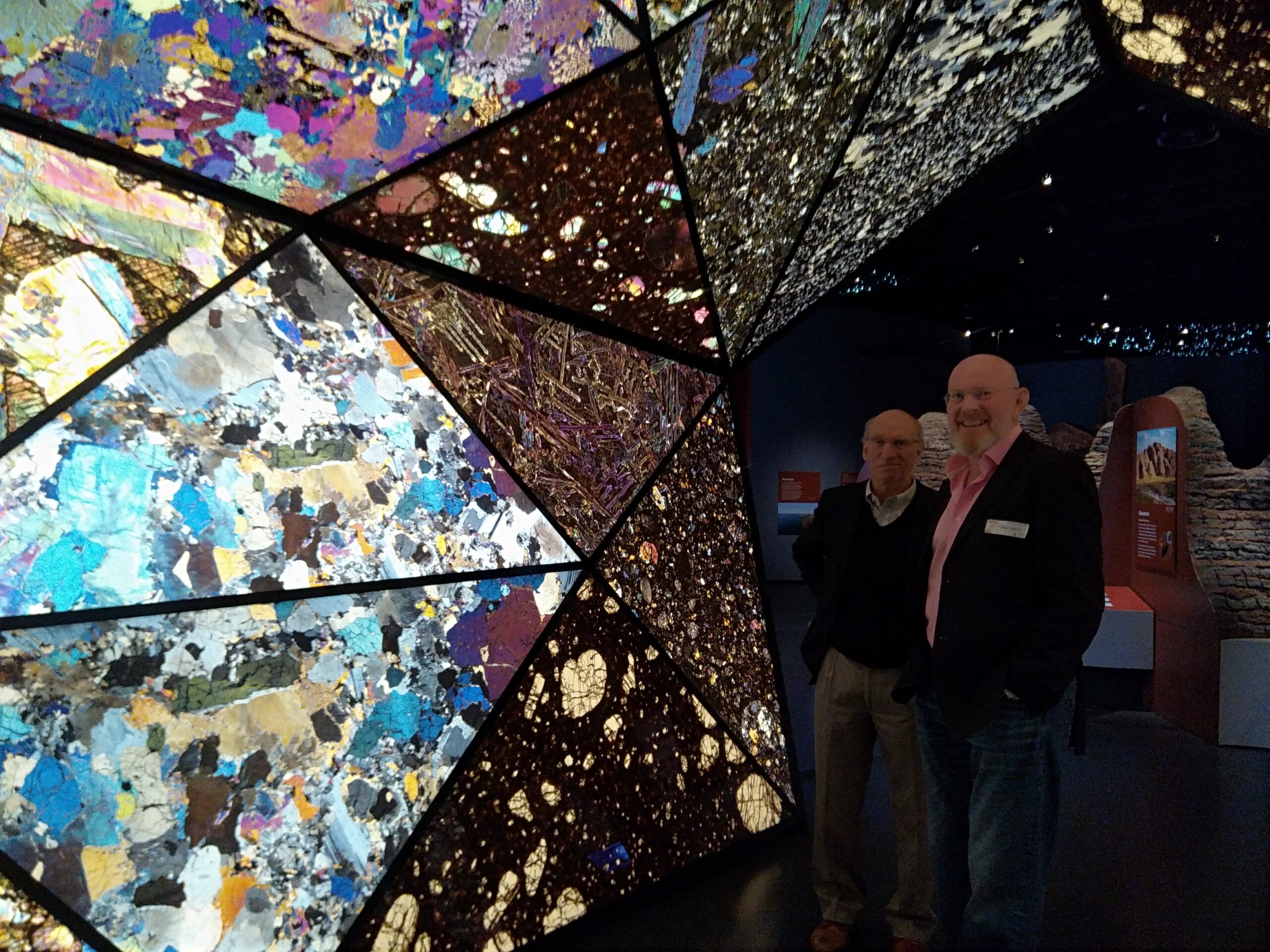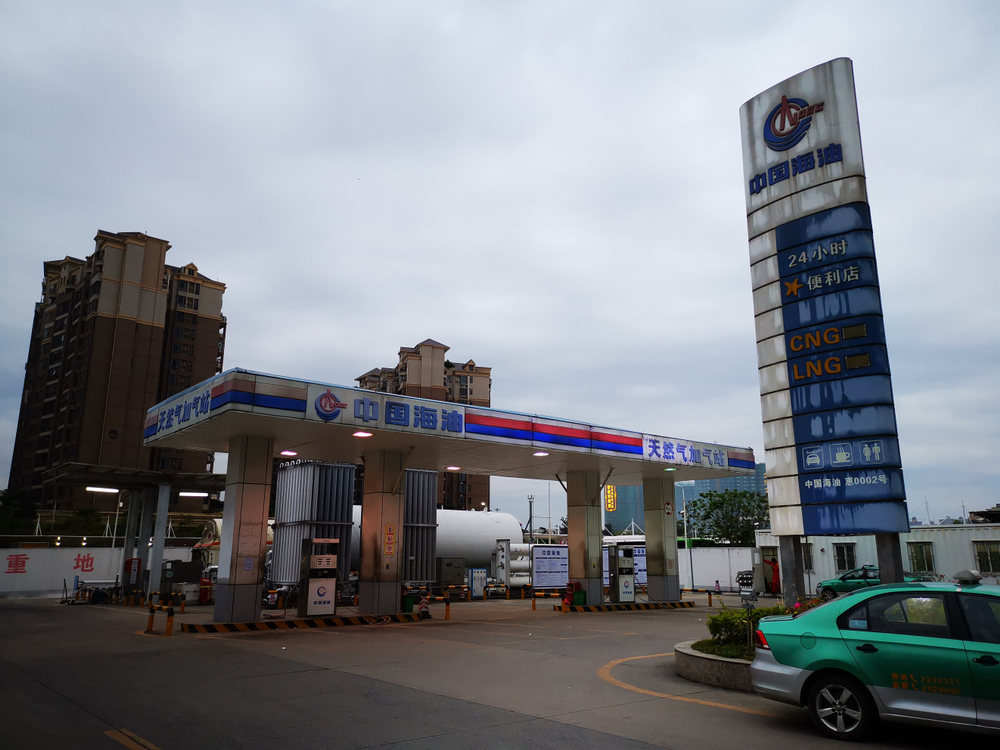Federal Programs and Scholarships Sub-Committee
By Bonnie Lowe-Young
As part of PESA’s ongoing program to foster and encourage subsurface energy geoscience research and education in Australia, PESA has annually offered Federal Postgraduate Scholarships to support PhD or Masters students undertaking geoscience research relevant to the exploration, development or production of energy resources in Australia. In 2019, the Federal PESA Postgraduate Scholarship was renamed the Horstman Federal Postgraduate Scholarship to continue the legacy of a trust fund that was initially set up by PESA WA in 1995 in honour of Elwood Horstman, a long-standing member of PESA, recipient of a Distinguished Service Award and President of the WA Branch in the late 80’s. The trust fund had previously been used to award a prize to an Honours geoscience student in WA who undertook petroleum related research.
The Horstman Federal Postgraduate Scholarship, which consists of a prize of $5000, has attracted a wide range of applicants enrolled in a PhD or Masters program undertaking energy geoscience research at recognised tertiary institutions throughout Australia. The high technical calibre of research projects, which include conventional, unconventional and new energy resource topics, has consistently been very impressive. Although successful recipients of the Horstman Federal Postgraduate Scholarship receive special recognition for the award, they have had to cope with numerous challenges in conducting and completing their research throughout the Covid-19 pandemic, and have only in recent years had opportunities to showcase their research projects at technical conferences. Nonetheless, the stellar achievements of the “Winner’s Circle”, namely Alison Troup (2023), Krista Davies (2022), John Shepherd (2021), Bronwyn Campbell (2020) and Michael Curtis (2019), are worthy of many accolades, as shown in the following updates on their research projects previously provided to PESA News and the PESA Gazette.
Note: Applications for the 2024 Horstman Federal Postgraduate Scholarship close Friday October 18th 2024.
.
.
ALISON TROUP (2023 SCHOLARSHIP WINNER)
Research Topic: Reservoir geology of the southern Denison Trough: an assessment for CO2 storage suitability
Biography
Alison graduated from UQ with a BSc (Hons) in geology in 2000 and started work for GSQ in 2010. Throughout her career with GSQ, she worked on many regional petroleum prospectivity evaluations on Queensland’s basins all the way from the Proterozoic Northwest Queensland basins through to the Cretaceous Toolebuc Formation with a particular focus on basin-scale play based assessments and unconventional petroleum potential. After leaving GSQ, she spent two years working for the QLD Government Petroleum Hub and then left to pursue her PhD full time at UQ. Her PhD project has focused on improving stratigraphic understanding of the southern Denison Trough with a particular focus on the Aldebaran Sandstone and the Reids Dome beds to better understand the CO2 storage potential in this region. She was lucky enough to be selected for the 2023 PESA Horstman Federal Postgraduate Scholarship. In addition to geological work, you may have seen her running around conferences with her cameras as a photographer.

TECHNICAL ABSTRACT
Carbon capture, utilisation and storage will be an essential component of mitigating climate change, though progress has been slow and sporadic, with few projects reaching a stage of actively sequestering CO2 (Peres et al., 2022). However, to reach the proposed goals globally of “Net Zero” by 2050, an acceleration is needed in investment in these technologies and projects across all sectors (Global CCS Institute, 2022). The technology required to store CO2 in geological sinks has been applied by the petroleum industry for exploration and development, enhanced oil recovery (EOR) and hydrocarbon gas storage for many years, and as such presents an opportunity for adaptation of an industry, rather than needing major new technological developments (Bachu, 2008).
The Denison Trough is the westernmost depocentre of the Bowen Basin in central Queensland, Australia (Figure 1). It is a mature hydrocarbon province with more than 30 years of production from conventional fields and more than 20 years of production from coal seam gas fields. The region is well-serviced by production infrastructure and has been noted as having potential for CO2 storage by several authors. The primary focus of most previous research has been to evaluate the northern Denison Trough for storage potential in saline aquifers down-dip of the producing fields at the northern end of the trough. Limited work has been done to evaluate the potential of utilising the depleted fields in the southern Denison Trough for CO2 storage or examination of what other storage potential there is in the region.
The primary conventional reservoir target in in the southern Denison Trough is the Aldebaran Sandstone. There are secondary tight conventional reservoirs found in sandstones in the upper Reids Dome beds and coal seams within this unit form an emergent coal seam gas play. Both of these targets have naturally occurring high CO2, which is likely from a deep-seated inorganic or magmatic source and has migrated into both conventional sandstone and coal seam reservoirs. Overlying late Permian and Triassic sandstone and coal seam gas reservoirs typically do not contain this high CO2 content, suggesting that the late Permian marine units form a competent seal against CO2 migration further up-sequence.
In support of this an updated interpretation of the depositional environment at Merivale, Westgrove, Yellowbank and Punchbowl Gully has been developed to examine changes in depositional environment along the Aldebaran Sandstone paleocoastline. Comparison of the production history of Merivale to the variability in the depositional environment shows that there is strong contribution from the depositional environment to production behaviour.
Sandstones and coal seams in the upper Reids Dome beds may present a secondary target to depleted gas field storage in the southern Denison Trough. Gas distribution in the Reids Dome beds coals shows that the Hutton-Wallumbillla Fault may be a migration pathway for magmatic CO2 into the unit. High CO2 concentrations and saturations within these coals demonstrate a natural analogue for storage within this system. The stratigraphic placement of these coal seams has been improved through the use of stable carbon isotope analysis.
References:
Bachu, S. (2008). CO2 storage in geological media: Role, means, status and barriers to deployment. Progress in Energy and Combustion Science, 34(2), 254–273. https://doi.org/10.1016/j.pecs.2007.10.001
Global CCS Institute. (2022). Global status of CCS 2022. Global CCS Institute. https://status22.globalccsinstitute.com/wp-content/uploads/2022/12/Global-Status-of-CCS-2022_Download_1222.pdf
Peres, C. B., Resende, P. M. R., Nunes, L. J. R., & Morais, L. C. de. (2022). Advances in Carbon Capture and Use (CCU) Technologies: A Comprehensive Review and CO2 Mitigation Potential Analysis. Clean Technologies, 4(4), 1193–1207. https://doi.org/10.3390/cleantechnol4040073
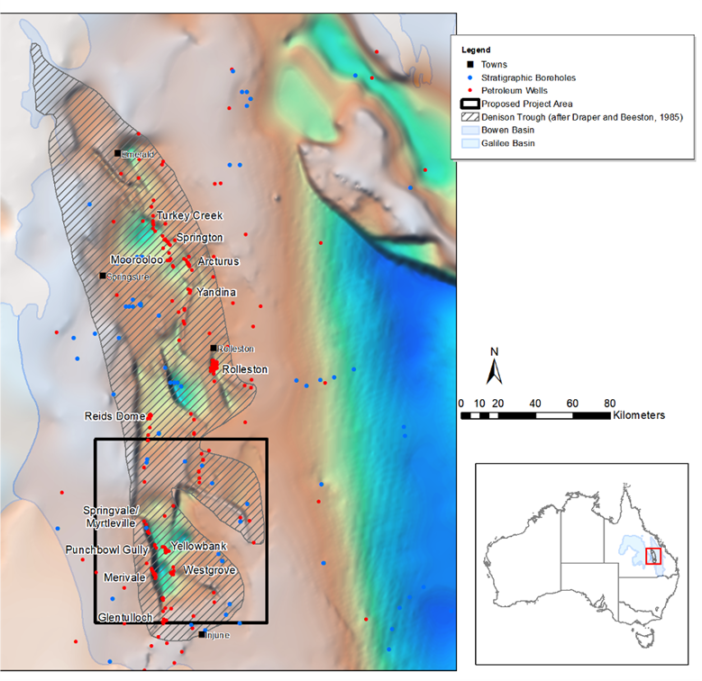
Figure 1 Location of the Denison Trough and project area over the OzSeeBase (Frogtech, 2021)
.
.
PREVIOUS SCHOLARSHIP WINNERS
JOHN SHEPHERD (2021 SCHOLARSHIP WINNER)
Research Topic: Quantitative 3D seismic stratigraphy of the Bight Basin, southern Australian margin: Investigating shelf-margin architecture and deep-water sand delivery
Biography
John Shepherd commenced a PhD in geology with the Centre for Energy Geoscience at the University of Western Australia in 2020. His research focusses on quantitative 3D seismic stratigraphy (QSS) of the Hammerhead interval from the Bight Basin, southern Australian margin. In 2019, John completed first class honours in geology with a research project on the Bedout Sub-basin, Roebuck Basin, NWS. He is employed part-time as a first-year geology demonstrator at the University of Western Australia and a performance swimming coach at the UWA West Coast Swimming Club. John is a student member of PESA, ASEG, and AAPG. (Note: John presented some results from his PhD research project at the PESA WA Evening talk on November 17,
Research Progress

John’s PhD project focusses on investigating the controls on shelf-margin architecture and sediment partitioning in the Hammerhead interval of the Bight Basin, southern Australian margin. For this project all available data (2D seismic data, 3D seismic data, and well data) from the Ceduna Sub-basin have been integrated. Quantitative and geomorphologic analyses of 3D seismic was conducted to identify statistical relationships between shelf-margin architecture, paleoshoreline processes, and deep-water system types (i.e., quantitative 3D seismic stratigraphy). Quantitative analysis involved the measurement of clinoform geometries, which were used to calculate several parameters (e.g., shelf-edge trajectory angle, progradation rate, aggradation rate). Seismic geomorphology was then used to categorise paleoshorelines (process-based classification) and deep-water system types.
So far, John’s research shows that lateral switching in sediment supply is the main driver of shelf-margin variability at 3rd order and that shelf-margin architecture, shoreline processes, and deep-water system types are intimately linked in the Hammerhead shelf margin. Quantitative results from the Hammerhead shelf-margin may be used to improve predictability of offshore sediment deposits in other basins globally.
.
BRONWYN CAMPBELL (2020 SCHOLARSHIP WINNER)
Research Topic: Geochemical characteristics of coal seam biodegradation
Biography
Bronwyn recently submitted her PhD thesis in microbiology and organic geochemistry, which she was completing in a joint arrangement between CSIRO and Macquarie University in NSW. The main goal of her research was to identify biodegradation pathways between coal and methane in subsurface coal seams, which is relevant to areas such as global carbon cycling, bioremediation, and coal seam gas extraction. She has presented results of her research at the virtual AEGC 2021 (Extended Abstract: Microbial methane production in the Surat Basin, Queensland) and more recently in August 2022, at the 18th International Symposium on Microbial Ecology in Lausanne, Switzerland (Abstract Title: Genetic potential for anaerobic dearomatization in microbes from subsurface coal seams of North America and Australia). She has since taken up a postdoctoral research position at CSIRO, where her focus is more aligned with sustainability and is now repurposing her training in microbiology and organic geochemistry to focus on developing sustainable biorecycling methods to help bring plastic waste into Australia’s circular economy.
Research Summary

My research project characterises organic compounds utilised during microbial methanogenesis within coal seams. The purpose here is to contribute novel research to what is presently a relatively new and poorly understood area of natural gas mining, with a view to increasing productivity of microbes within coal seam gas (CSG) wells for greater methane production.
More specifically, my research project consists of several experiments investigating the microbial communities responsible for coal seam gas production. The experiments involve identifying and matching different microbes with different carbon source types within the coal, and hypothesising which processes are used for in situ biodegradation to produce methane. Both the coal and microbes used in the experiments thus far are all from the Surat Basin, Queensland, and the experimental results are therefore most applicable to gas production in the Surat Basin, though they can also be applied to other coal seam gas plays. Additionally, this research project contributes valuable information on the pollutant bioremediation potential of microbes present in coal seams.
.
MICHAEL CURTIS (2019 SCHOLARSHIP WINNER)
Research Topic: The Impact of Magmatism on Petroleum Systems of the North West Shelf, Australia
Michael’s Research Update
My PhD, on the impact of Late Jurassic and Early Cretaceous magmatism on Carnarvon Basin petroleum systems, has been a very challenging but equally rewarding experience. I began my studies at ASPER in Adelaide in 2018, and was quickly up and running, interpreting intrusions and volcanoes in seismic data under the expert guidance of Simon Holford and Mark Bunch. I was also assigned a third supervisor: Nick Schofield at the University of Aberdeen in Scotland, who I spent a month studying with following fieldwork on the Isle of Skye in September 2019.

Since receiving this award at the end of 2019, the remainder of my PhD studies have progressed very well. Interpretation of the igneous system was completed by 2021, following which, writeup began in earnest. Three excellent research papers are now in various stages of publication:
The first paper is a review of wells that have penetrated igneous rocks in the Carnarvon Basin, and the impacts of these igneous rocks on exploration and drilling (Published- 2022 APPEA Journal).
The second paper documents the preservation mechanisms of two volcanic centres in the Exmouth Sub-basin while suggesting a significant volume of extrusive igneous rocks was eroded during Early Cretaceous uplift in the southern Exmouth Sub-basin (In review ? Journal of Marine and Petroleum Geology).
My third paper, currently in the final stages of editing, will present my interpretation of igneous intrusions across the Exmouth Plateau and Exmouth Sub-Basin, the multi-scale controls on their distribution, and their impact on petroleum systems.
PhD highlights have included presenting my research at GESSS-SA, AEGC, APPEA and Geological Society of London conferences, and online for both PESA and APPEA webinars; winning best poster at the APPEA 2022 conference in Brisbane; and publishing a paper in the 2022 APPEA Journal. The hardest parts have been having to cancel fieldwork and a second visit to Aberdeen as a result of the Covid-19 pandemic, and juggling family, work, and study commitments simultaneously.
Last summer I was accepted into Santos’ internship program and after spending three months creating a 3D model and surface geology map over part of the folded and thrusted Northwest Papuan Highlands, I was privileged enough to be offered a full-time position starting in August 2022. I’m currently working with the Regional and New Ventures team, looking at tight gas in the Bowen Basin in Queensland, and anticipating a move to Perth or Brisbane in the not-too-distant future.


